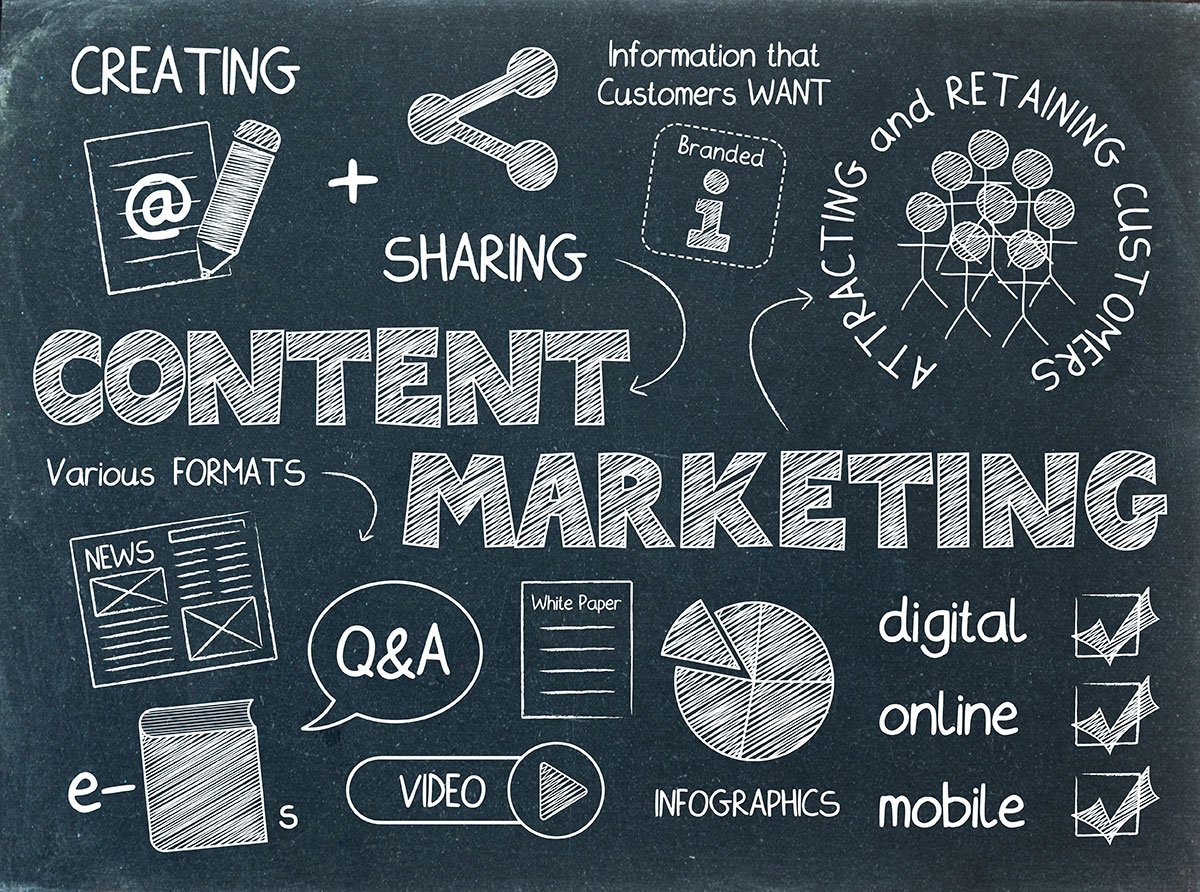AI Adds Horsepower To Your Operation, But It Can’t Pick The Destination, Or Even Drive
AI is money, leverage, and horsepower — a force multiplier that scales whatever you bring to it. If you’re lost, it gets you lost faster. If you’re dialed, it’s rocket fuel.

The Typewriter Didn’t Create Hemingway
When special effects captured public imagination, and questions emerged about its role and future, visionary George Lucas once pointed out that the typewriter didn’t create more Hemingways. The magic is not in the machine — it’s in the human who decides what story is worth telling, which risks are worth taking, and which scenes need to be cut. The technology only existed to serve that story.
AI is today’s typewriter. It dazzles and accelerates, but it does not choose the plot. And no amount of AI can serve as an effective substitute for value or vision. Tools serve vision; they never substitute for it.
That distinction matters in the current hype cycle. The winners won’t be the teams who “use AI.” Everyone uses AI. The winners are those who already know where they’re going, and then exploit AI as leverage to get there faster and with fewer wasted cycles.
Amplifier, Not Creator
Call it money, call it leverage, call it scale — the principle is the same. AI magnifies the operator. If you’re disciplined, your throughput multiplies. If you’re sloppy, your errors go exponential. If you’re courageous, your rate of learning and surface area for luck explode. If you’re fearful, you’ll simply automate procrastination. This is the Buffett principle applied to computation: capital — and now code — reveals character by amplifying it.
In most marketing contexts, AI is a force multiplier, not a quality booster. It adds horsepower to the fleet; it doesn’t choose the destination or assess whether that destination creates durable advantage.
Founder reality: AI automates the work you would have done anyway. If your strategy is wrong, you’ll arrive at the wrong place faster. If your strategy is right, you’ll compound faster than your market expects.
Who’s Steering? Why Strategy Still Beats Speed
Speed used to be scarce. Now everyone’s fast. The scarce resource is correct direction plus taste. Models are broadly available; prompts circulate on LinkedIn within hours; the best practices of yesterday are table stakes by tomorrow morning. When the floor rises, the ceiling belongs to judgment.
AI can draft a thousand headlines, but it cannot tell you which hill is worth dying on. It will improve conversion rate testing velocity, not the courage to ship the contrarian headline that reframes the market. It will answer “what” and “how” at light speed; it still needs you for “why.”
“Idea Search Engine,” Not Oracle
Think of AI as an idea search engine. If you don’t know what you’re looking for, you’ll fish up convincing garbage — beautifully worded, plausibly structured, confidently wrong. When we’re not discussing facts but judgments, crowdsourced averages are not wisdom. Somewhere in the haystack there’s a needle worth threading; AI helps you enumerate the haystack and, with the right operator, surface the needle faster.
AI as Horsepower: The Lieutenant, Not the General
AI is your smartest lieutenant — tireless, literal, and fast. It will brief you, synthesize, draft, A/B, and refactor. But it won’t assume command. Confuse those roles and you’ll ship polished irrelevance. Respect them and you’ll turn weeks into hours without sacrificing direction.
Treat it like capital, distribution, or compute: a tool that multiplies intent, discipline, and clarity. In the hands of a clear-eyed founder or marketer, it accelerates compounding advantages. In the hands of the unfocused, it scales noise.
AI as a Time Machine
AI is a time machine. It shortcuts what you were already going to do. If your plan today is to find a dispensary and a beach, AI will gladly optimize your afternoon. It won’t suggest you reset your life and enroll in night classes or dollar-cost-average into Bitcoin. It’s more Lycos-meets-concierge than oracle — a dutiful retriever that fetches what you asked for, not a mentor that tells you what’s worth wanting.
That’s why even “agentic AI” will still mirror the operator’s goals. Autonomy in execution isn’t autonomy in intent. Until you specify the destination, the agent’s brilliance is bounded by your brief.
More Wheat, More Chaff — and the Coming Age of Filters
Generative models don’t just raise the quantity of bad content; they raise the quantity of all content. Expect more mediocre listicles, more warmed-over landing pages, and more bland creative — alongside more excellent campaigns, clearer docs, better storyboards, and tighter code. The ratio of wheat to chaff isn’t guaranteed to improve. We simply get more.
This suggests the next wave of advantage is not generation but discrimination: ranking, routing, and rating content for truthfulness, novelty, voice, and utility. Ironically, the thing that floods us may also filter for us. Models will increasingly grade other models — turning subjective taste and brand standards into programmable constraints.
The Builder’s Lens: What the Luminaries Actually Do
- Jeff Bezos treats efficiency as a weapon. When every team can spin up AI at near-zero marginal cost, moats shift from having tools to aiming tools where they collapse margin structures or unlock flywheels.
- Elon Musk pairs existential caution with maximal leverage. AI underwrites autonomy in cars, optimizes manufacturing, and informs rocket design — but it’s deployed against a clear mission, not used to invent one.
- Warren Buffett shows how capital exposes operators. AI is digital capital; give it to ten leaders and it will magnify ten very different temperaments.
- Richard Branson proves courage trumps tooling. Audacity, brand, and customer delight remain irrational advantages that spreadsheets can’t fully model.
- Naval Ravikant reframes leverage as capital, people, and code. AI is code leverage with zero marginal cost of replication, but as Naval stresses, leverage without judgment is just chaos at scale.
- Steve Jobs (and Jony Ive) taught that taste is a strategy. AI will help you ship “a thing”; taste decides whether it becomes a movement.
- George Lucas reminds us tools serve story. Make the story worth serving.
Operator Playbook: How to Aim the Amplifier
1) Make Vision Non-Delegable
Write the one-page strategy you refuse to outsource: who we serve, what pain we solve, why we win, and how we’ll measure it. Everything downstream — prompts, agents, workflows — should ladder to this page.
2) Codify Taste and Guardrails
Most “bad AI output” is really unarticulated standards. Turn brand voice, POV, taboo topics, and evidence thresholds into reusable prompt blocks. Treat them like linting rules for your content and campaigns.
3) Productize Repetition
Wherever your team repeats work (persona briefs, ad variants, competitor teardowns, sales one-pagers), convert it into a templated AI workflow. Keep humans on the parts that require negotiation, trust, or taste.
4) Ask Better Questions
AI mirrors your prompts. Replace “write a blog post about X” with: “Diagnose the three non-obvious objections our ICP has to X, cite where they surface, draft an outline that reverses those beliefs with social proof.” Better questions, better leverage.
5) Build Filters Before Faucets
Stand up scoring and routing before you scale generation. Have your model grade outputs for factuality, originality, and voice; route anything sub-threshold to human review. Auto-publish only what clears your bar.
6) Instrument Ruthlessly
Ship with telemetry: tie every artifact to a downstream KPI (demo requests, sales velocity, retention lift, activation rate). If a workflow doesn’t move a metric, either improve the brief or kill the workflow.
FlashPointLabs Field Notes: Where AI Delivers Right Now
- Positioning & Messaging Sprints: Rapidly synthesize competitor claims, surface whitespace, and pressure-test narratives across personas. Human judgment picks the hill; AI drafts the terrain map.
- Demand Gen at Warp: Turn a single POV into multichannel, on-voice variants. Use model-graded scoring to keep only the best 10% for human polish.
- Sales Enablement on Tap: Generate battlecards and talk tracks conditioned on objection libraries pulled from Gong/CRM notes; keep reps current without “content debt.”
- Founder-Led Content, Multiplied: Record a 15-minute riff. AI turns it into an essay, LinkedIn carousel, three shorts, an op-ed pitch, and a newsletter — all in your voice, all run through brand/taste filters.
- PLG Copilots: In-product assistance tuned to your docs and support logs reduces time-to-value and deflects tickets without losing brand warmth.
Governance Without Bureaucracy
Speed and safety can co-exist if you make guardrails part of the system:
- Source-of-Truth Retrieval: Ground models in vetted docs; log citations automatically to aid review and compliance.
- Privacy by Default: Keep PII, customer data, and secrets out of prompts; use redaction or private deployments where needed.
- Hallucination Budgets: Define risk tiers. Zero-hallucination for compliance copy; low-risk exploration for early creative ideation.
- Review Queues: Everything important passes through a human with taste. Make it fast, but make it happen.
Metrics That Matter
AI shouldn’t merely make more stuff. It should make more results. Anchor your program to a few undeniable indicators:
- Throughput & Cycle Time: Artifacts per week; time from brief to publish.
- Quality Scores: Model- and human-graded relevance, originality, and brand voice adherence.
- Business Outcomes: Pipeline added, win-rate lift, activation and retention deltas, NRR.
- Learning Velocity: Experiments shipped; time to insight; percent of work now templatized.
Why “Self-Driving” Still Feels Wrong
Humans like to drive. It’s why full autonomy remains a hard sell, why horror films trap us with machines, and why most wearables end up in drawers. We resist tools that strip agency. Agency is a human human constant, and it’s instructive for AI strategy: give teams leverage without stealing authorship. Keep the human in command; let the machine do the heavy lifting.
What Changes, What Doesn’t
What changes: The marginal cost of competent output tends toward zero. Iteration speed compounds. The “small bet” surface area explodes. Winning teams treat creativity like ops.
What doesn’t: Taste, courage, strategy, and storytelling. These remain stubbornly human. The amplifier multiplies them — but it cannot mint them.
Closing Charge
AI won’t save you. It will scale you. If you’re thoughtful, ambitious, and precise, AI is the greatest accelerator you’ll ever touch. If you’re vague, it’s the world’s fastest treadmill. Choose the destination, then light the afterburners. FlashPointLabs exists to help leaders do exactly that — not by worshiping the tool, but by wielding it with intent.





